1. Flooding
Located at the mouth of the River Plate, Argentina’s capital Buenos Aires is subject to torrential rain. With an ageing infrastructure and nine subterranean rivers, the deluge can turn into floods. Clogged drains have been responsible for property damage, even lost lives. To track water flow the city has installed sensors across the sewage system, measuring speed and level of water. This information is combined with weather data and even garbage vehicle sensors. The numbers are crunched by SAP Hana in-memory computing to direct engineers to trouble spots. The result? In 2013, before the new system, 100 people or more died. In 2014 record rains resulted in no deaths and no serious flooding.
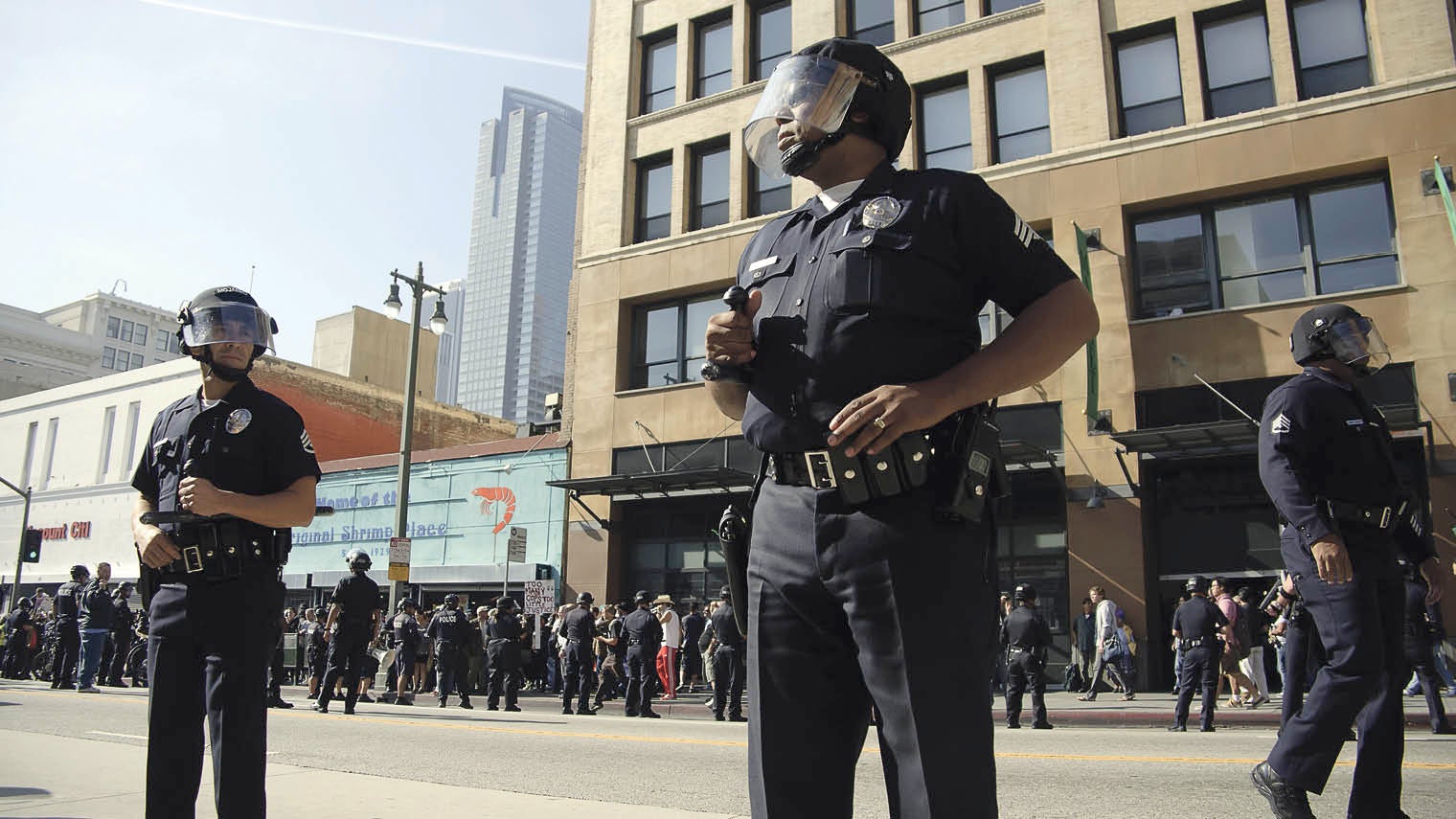
2. Predictive policing
What if police knew exactly where crime would be committed? PredPol is an American company which uses historic crime data to flag up hotspots. The Los Angeles Police Department has used PredPol to direct officers to particular zones to watch for law-breaking. The feedback so far is excellent. Indiana State Police makes the map public to deter criminals.
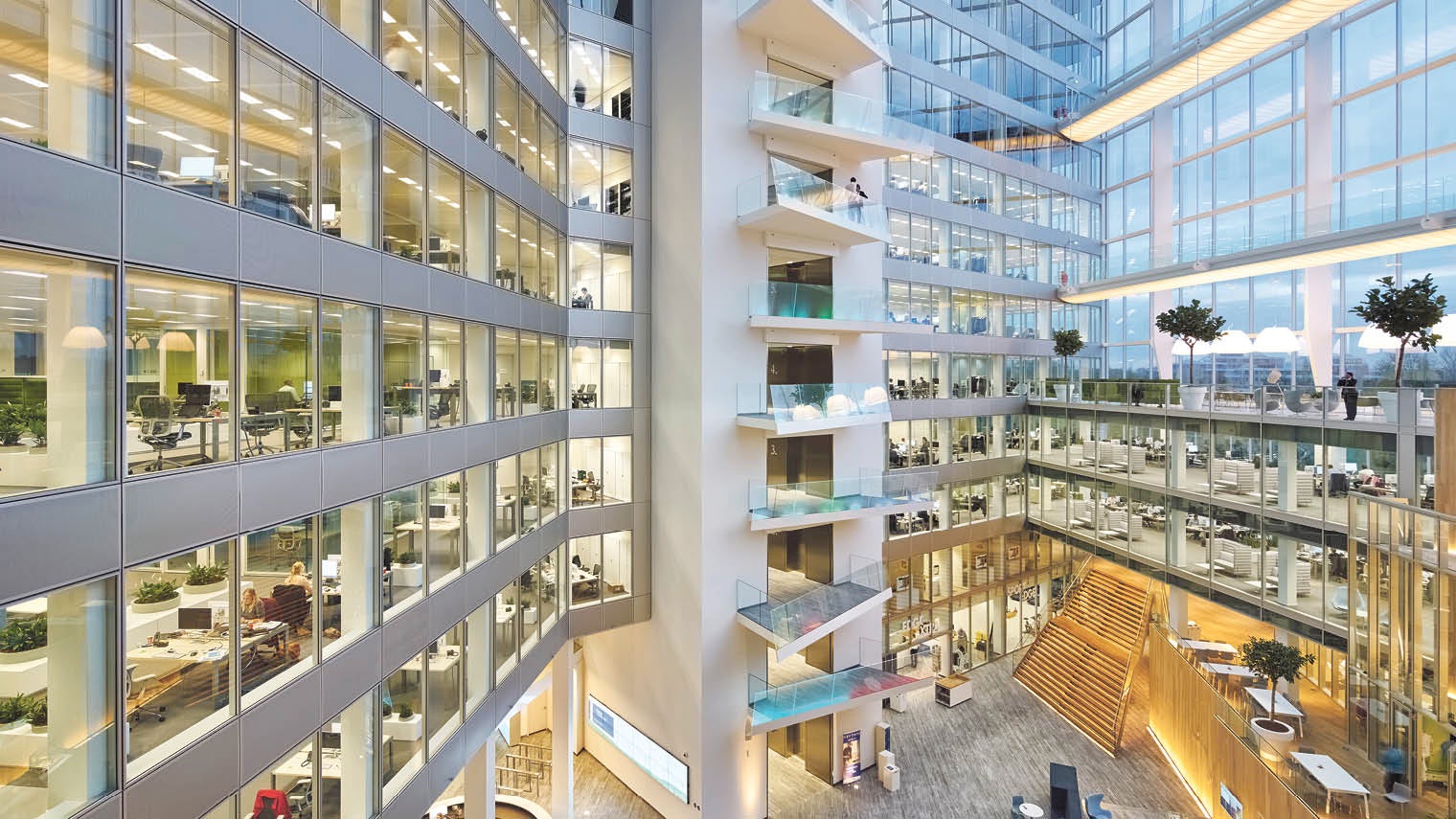
3. Energy use
Visitors to Beijing or Nairobi will know how big a problem pollution can be. One answer lies in smart buildings. The Edge building in Amsterdam is fitted with 28,000 sensors which track power consumption, water, desk usage, temperature and even coffee consumption. Data is used to allot space, meaning the tenant Deloitte can share 1,000 desks between 2,500 workers. Electricity usage is cut 70 per cent by varying air conditioning and lighting with sensors. The environmental ratings agency BREEAM gave The Edge a score of 98.4 per cent, the highest ever.
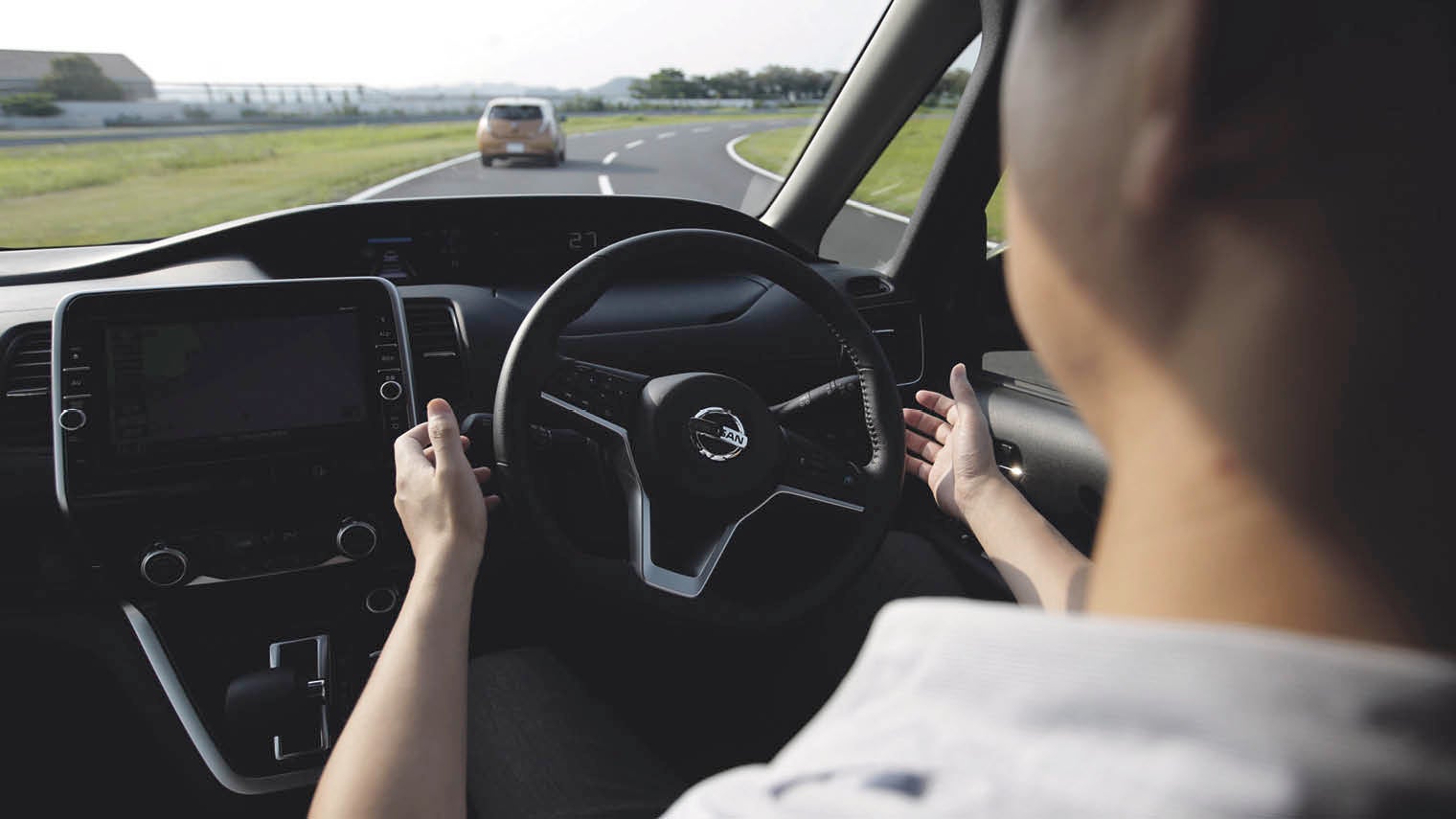
4. Driverless cars
The UK is spending £75 billion on High Speed Rail 2, the ultra-fast train to Birmingham and Manchester. But is it needed? Driverless cars may not only make it easier to get back from the pub after seven pints of IPA, but rid us of jams too. Automated vehicles will be able to co-ordinate their motion, forming fuel-efficient pelotons. Research by BCG estimates a fall of 40 per cent in congestion, plus 90 per cent fewer accidents – another cause of gridlock. We could see eight to twelve-seat minibuses as an alternative to cars and trains, whizzing from city to city. True real-time sequencing is tricky though. Dr Kevin Curran, senior member of the Institute of Electrical and Electronics Engineers, says: “On motorways a latency of 1 millisecond equals an approximate driving distance of 3 centimetres and only fast networks such as 5G are capable of supporting millisecond-level latencies thus ensuring safe driving.”
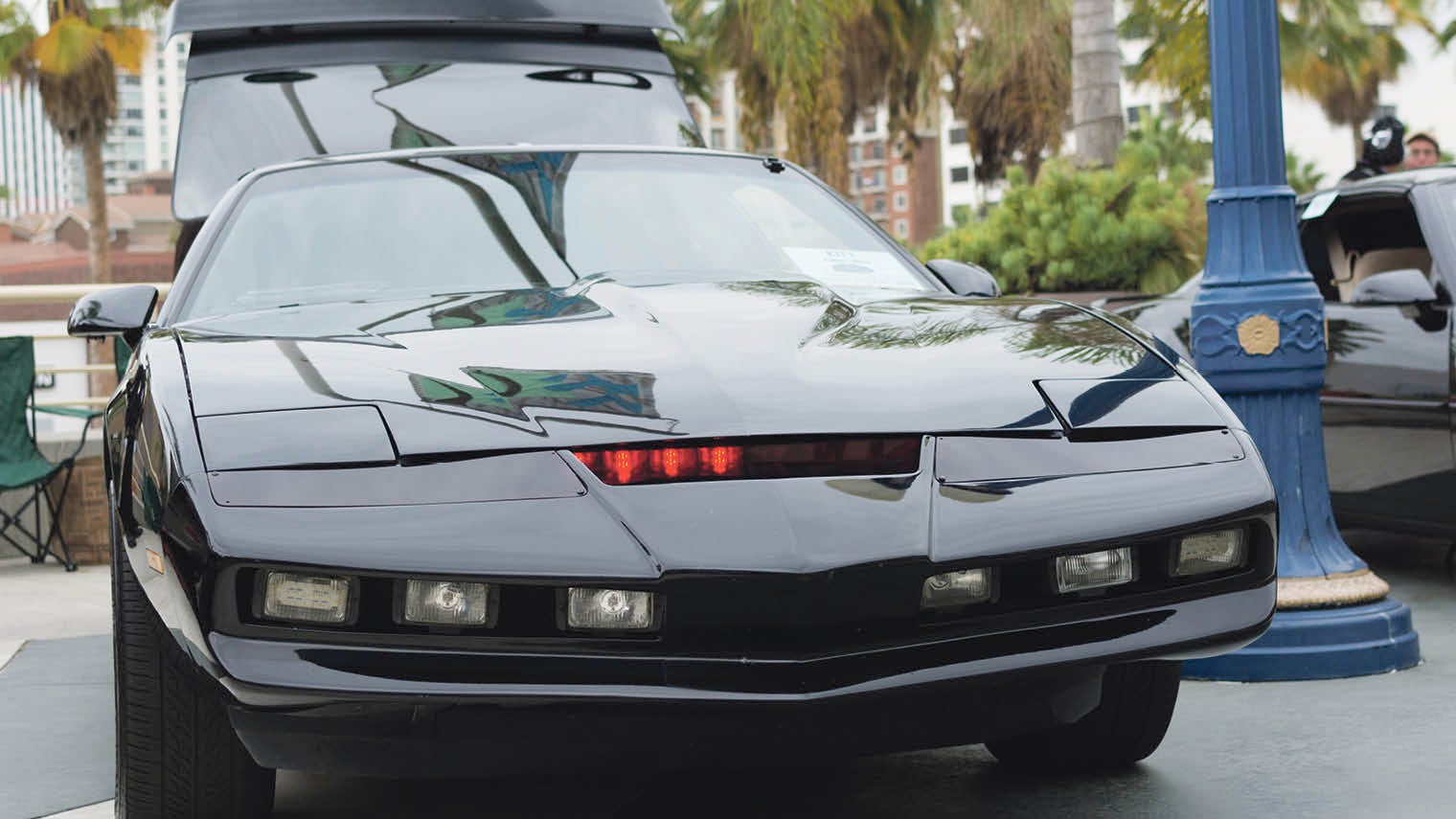
5. Cars routed by AI
Even with driverless cars there will be ample room for better traffic management to keep traffic flowing. Right now we all take the most direct route. This is inefficient. A better method is for vehicles to follow bespoke routing created by an artificial intelligence (AI) engine, which can take into account flow, sporting events, weather conditions, speed preferences and so on. Alliance Manchester Business School is trialling a load-balancing app. The goal is to make drivers co-ordinate routes so everyone benefits.

6. Augmented reality
Augmented reality (AR) got off to a slow start. Google Glass got the axe and Microsoft’s Hololens has wowed conference audiences but is still pricey and clunky. Nevertheless, AR is going to be a mainstream concept. We’ll see shops flashing targeted ads on their windows to select consumers, visible only to them. Restaurants can advertise the number of free tables to anyone looking. And dating apps are getting involved. Tinder is focusing on an AR concept. It may be possible to walk down a street and see potential partners highlighted. Dating app Happn already uses location data to match partners. Pokémon Go proved AR can work on the mass market. Cities are ready for the next wave of AR apps.

7. In-body sensors
Currently sensors are put in things like cars and bins. But we are starting to see the transition to living creatures. Pigs and cows are being fitted with stomach sensors which report acidity and water levels via a mobile network. Humans will be next. An in-body sensor can report on vital signs and, by measuring adrenaline and other hormones, a person’s excitability. Imagine a nightclub able to report on the pleasure experienced by its patrons. TripAdvisor could rate venues by biological response. Impossible? Marketers already use galvanic electric skin sensors to track the mood of shoppers and Fitbit bangles are widespread.
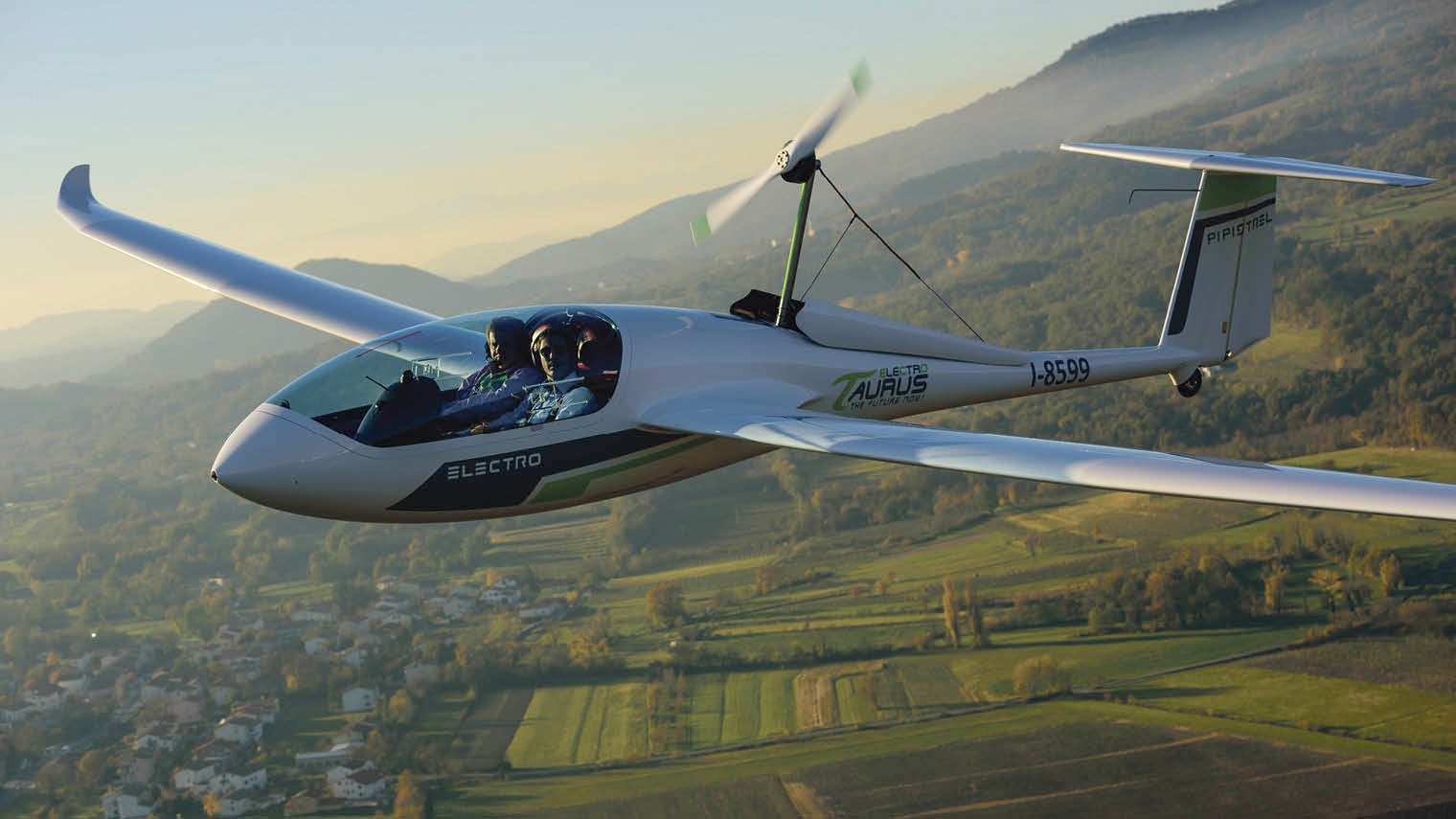
8. Electric aircraft
Airports are vital for cities, but emit noise and pollution. What if planes could be near-silent and with zero emissions? Electric aircraft promise exactly that. They exist, but are experimental. An Airbus two seater crossed the Atlantic in 2015. Nasa is building one. But there are hurdles. The batteries are heavy. Fuel for a Dreamliner currently clocks in at 223,000 pounds. An equivalent battery pack would weigh 4.5 million pounds. And charging is slow. Nanotech may hold the answer. Spanish company Graphenano has a graphene polymer battery which can be charged in minutes, with an energy density of 1,000 watt-hours per kilogram, five times lithium batteries. Electric planes would make London’s Heathrow and Gatwick expansions a different proposition.

9. Virtual reality
Small flat? No living room? Miles from your friends? That’s city life for many low-income workers. Virtual reality (VR) can change that. Slip on the visor and enter a wonderful world of new vistas. All the entertainment you need. Sounds lonely? It won’t be. Henry Stuart, chief executive of Visualise, the VR production studio, says: “It’s hard to imagine now that such an isolating medium will eventually be seen as one of the greatest social connectors and communicators ever invented. This will mean a reduced number of commuters and reduced environmental impact. It will also reduce the importance of your real-world physical location and therefore the city. There will be businesses that only have virtual locations in the ‘metaverse’ much like there are businesses that only have websites now.” We’ll work, live and love in VR.
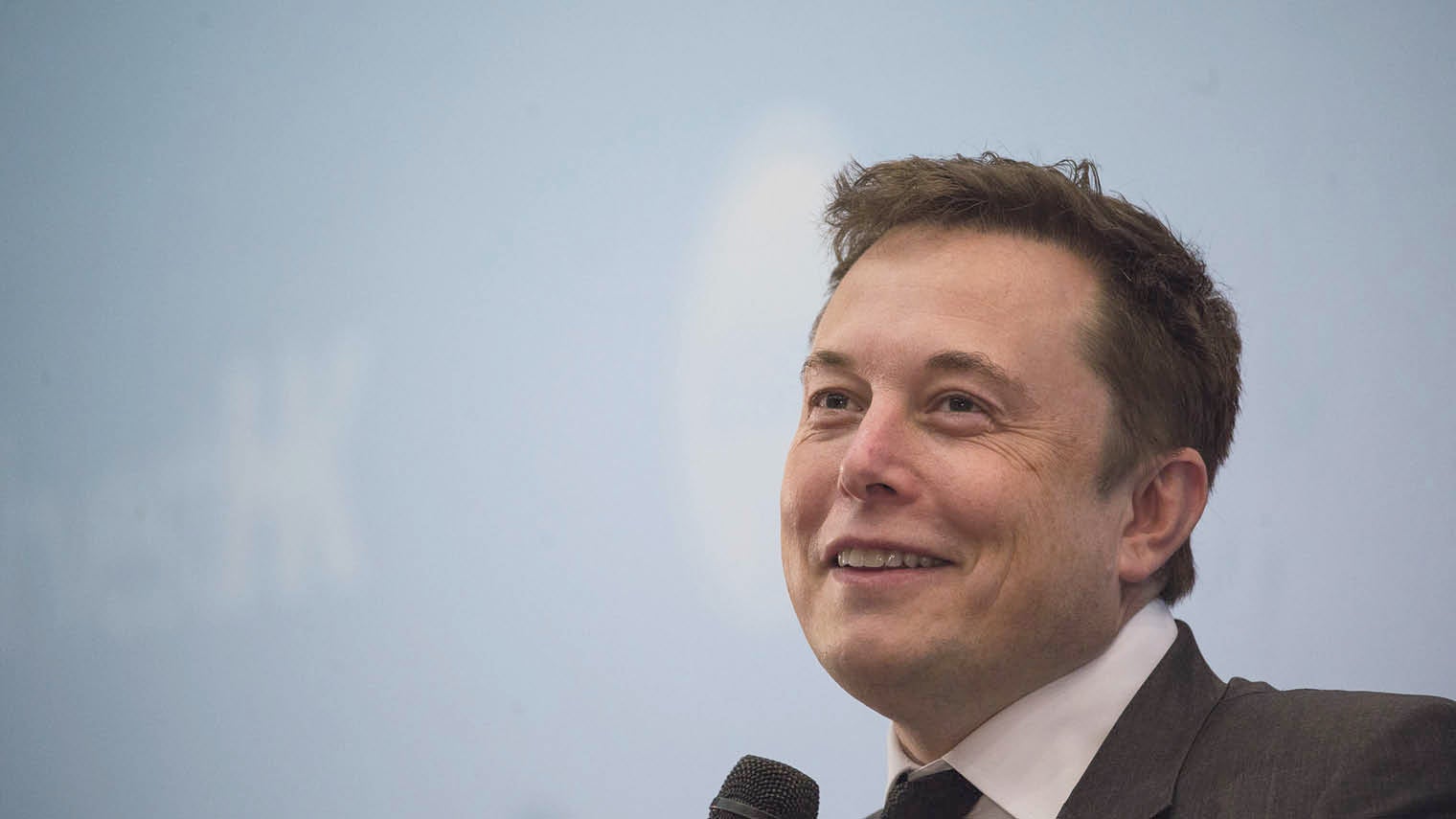
10. Go underground
The Victorians loved digging tunnels. The London Underground was opened in 1863. Slowly we lost the knack. Even Crossrail has overground sections. Tesla founder Elon Musk may be about to change that. Stuck in a traffic jam, he tweeted: “Traffic is driving me nuts. Am going to build a tunnel-boring machine and just start digging.” The next week he tweeted: “I am actually going to do this.” His new venture The Boring Company has built a test trench in Los Angeles. A new era of tunnels? Bring it on Elon.
1. Flooding

2. Predictive policing

